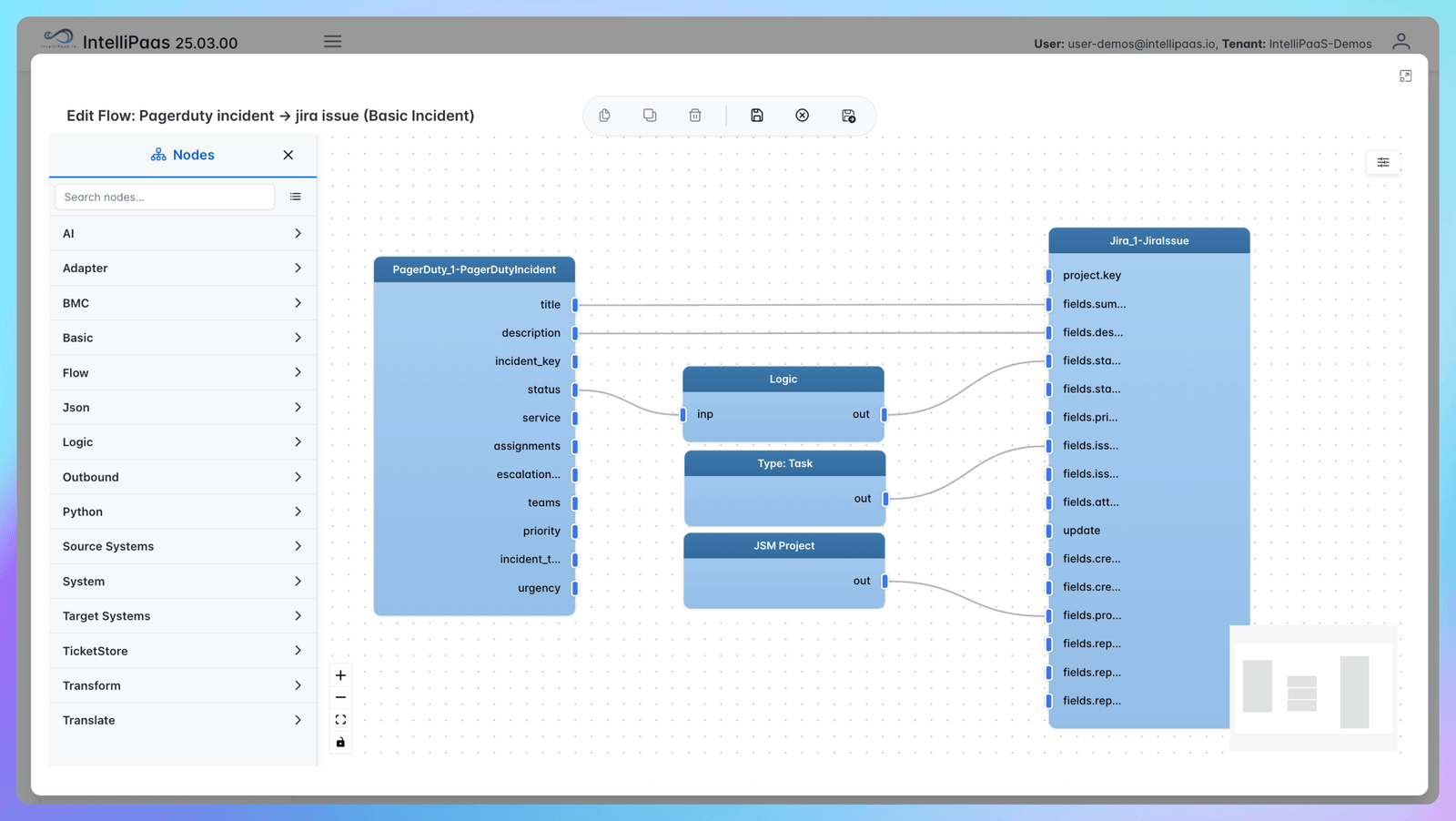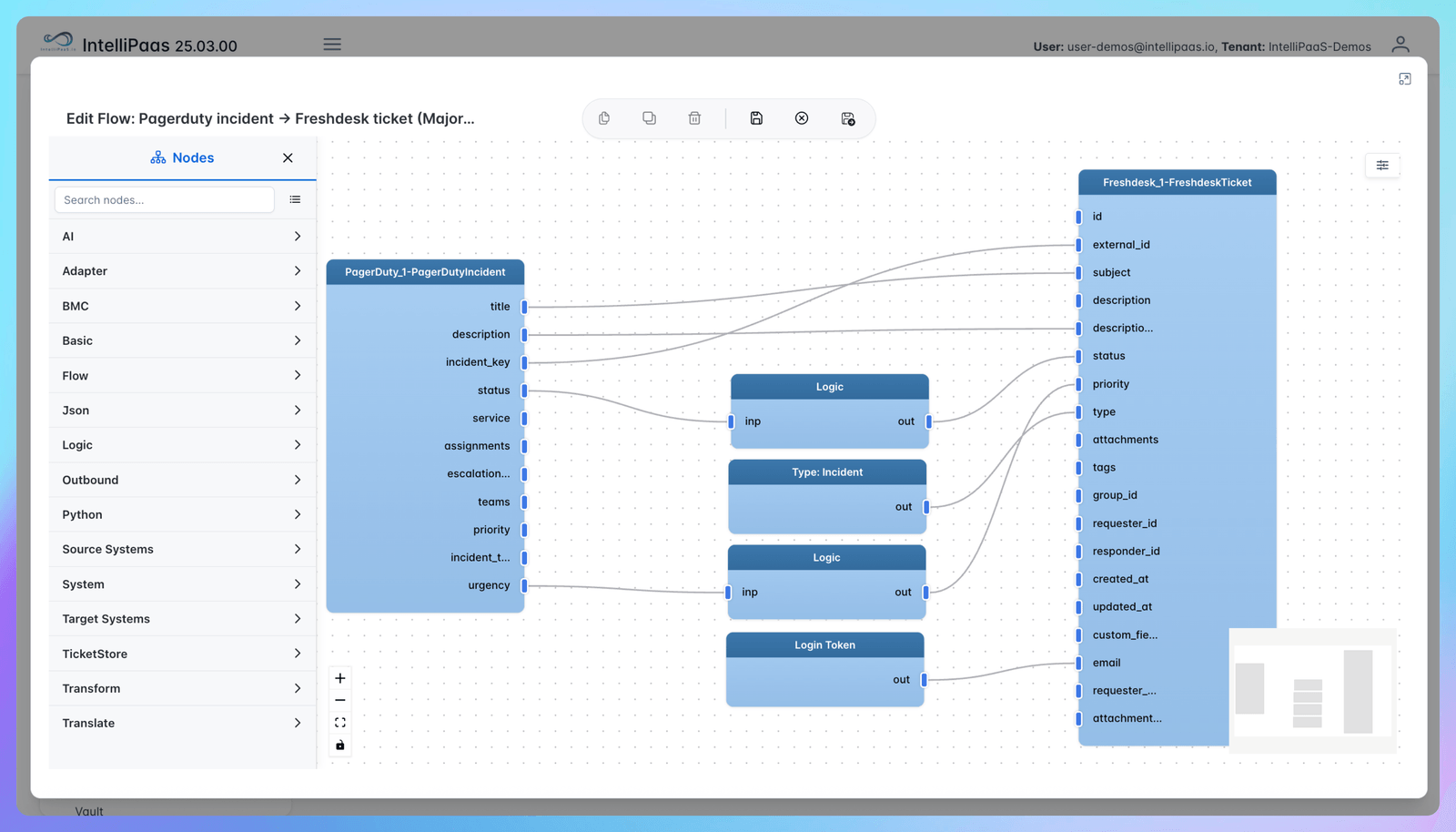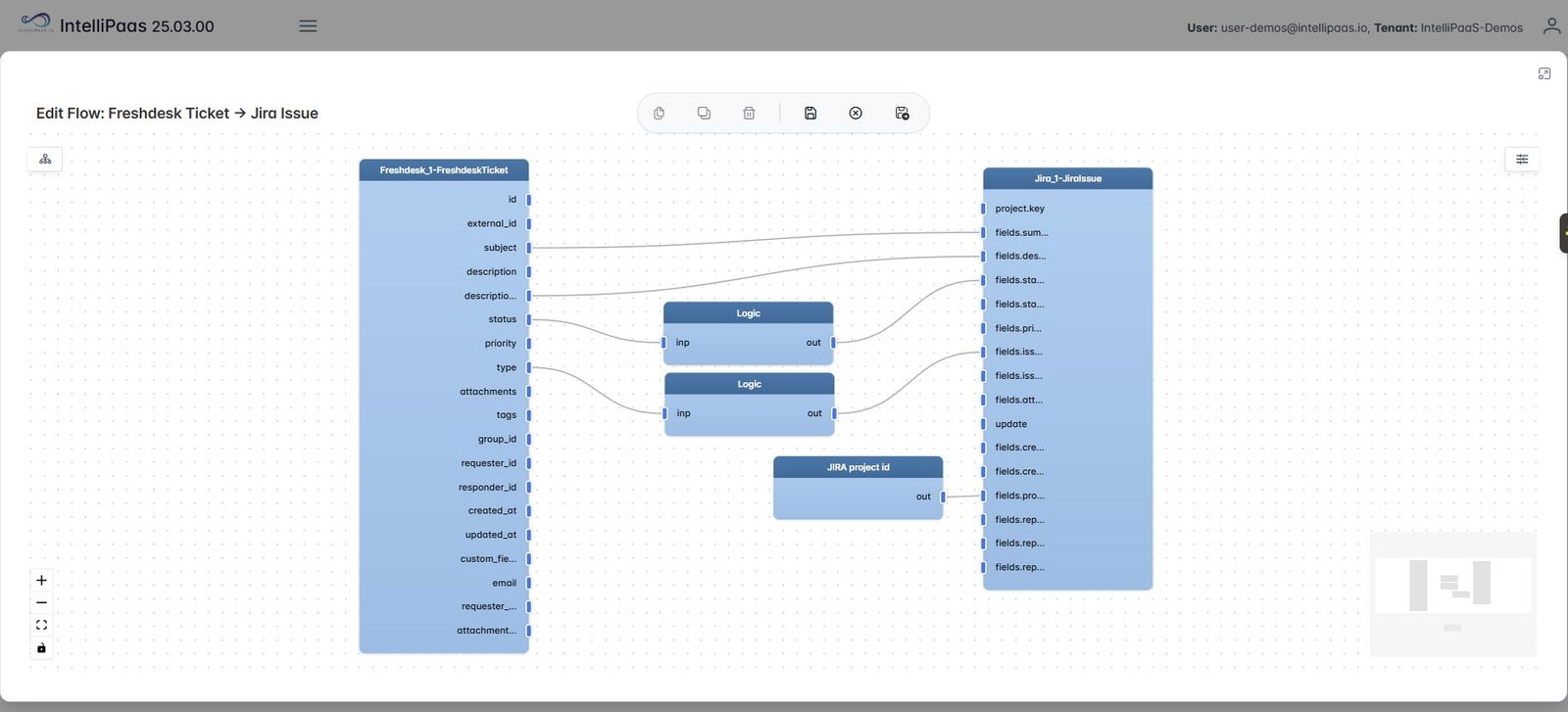Behavior First - How Manufacturers Actually Transform Operations

Volatility, digitization and labor constraints are reshaping factories. BCG’s latest piece puts a crucial point front and center: most “digital transformations” stall not because the tools are wrong but because the behaviors don’t change. Technology should enable a new operating system for how people lead, decide and improve – not become the objective in itself.
1) Key insights from BCG
BCG argues that transformational programs reach their potential only when leadership and frontline teams align around six behavioral shifts – with digitization cast as the enabler, not the mission. In brief:
- Digitization as an enabler – Tie tech to clear business needs, not vanity programs. Make the “why” unmistakable.
- Build a world‑class operating system – Codify principles, goals, routines and tools that persist beyond any single leader, then evolve it continuously.
- Clarify and elevate leaders’ roles – Leaders model the system daily, simplify governance and use visual performance management to expose problems and coach.
- Sequence for end‑to‑end impact – Pilot where value is highest, stabilize, then expand across the value stream while linking asset metrics to business outcomes.
- Digitally enabled leadership – Use analytics and AI to make behaviors visible and accountable, then reinforce the new routines.
- Activate every function – HR, Finance, Procurement and IT must reinforce the operating system’s objectives, not work around them.
One example BCG cites: a leadership team that streamlined governance and priorities cut meeting time by ~30% – freeing ~140 hours a month for problem solving and frontline coaching. That capacity shift matters more than another dashboard.
2) Why behavior change needs a governed integration layer
Behavior follows visibility, and visibility follows data. If performance boards, leader‑standard work and coaching cadences depend on stale or siloed data, behaviors revert to firefighting.
A governed integration layer solves this:
- Single source of operational truth – Sync MES, ERP, QMS,EAM and logistics so daily management displays facts, not opinions.
- Real‑time, role‑based views – Put the right signal in front of operators, supervisors and plant leaders – with guardrails that protect sensitive fields.
- Automation that reinforces routines – Trigger standard work, alerts and workflows when thresholds are breached. Close the loop on improvement.
- Deploy anywhere – Many factories run hybrid or air‑gapped. Integration must live where the work happens, not just in a distant SaaS.
- This is how digitization enables the operating system rather than distracting from it – exactly in line with BCG’s guidance.
3) Mapping BCG’s six shifts to IntelliPaaS
Digitization as an enabler
Use IntelliPaaS to wire data to the “compelling business needs” – throughput, cost per unit, on‑time delivery – not to proxy metrics. Flow templates tie integrations to explicit outcomes, with audit trails proving impact.
Build the operating system
Codify leader‑standard work in flows. Versioned connectors institutionalize routines across plants. Governance primitives – RBAC, field‑level redaction, immutable logs – make the system teachable and sustainable.
Clarify leaders’ roles
Give plant and line leaders visual performance from the source systems they trust. Cut report sprawl by consolidating data once, thenexposing it many times – boards, A3s, daily huddles – without duplicative exports.
Sequence for end‑to‑end impact
Stand up flows on a high‑leverage line, stabilize, then extend upstream and downstream. Align OEE, WIP and schedule adherence data to business outcomes like throughput and working capital.
Digitally enabled leadership
Use AI‑assisted anomalies and trend surfaces to spotlight behavior gaps (missed checks, late responses) and coach toward standard work – on your infrastructure to meet plant security requirements.
Activate every function
Connect HR for skills and training compliance, Finance for cost visibility, Procurement for supplier flow, IT for policy enforcement –all reinforcing the same operating system.
Final takeaways
- Transformation is a behavior change program supported bytechnology – not the other way around.
- Treat integration as the backbone of your operatingsystem. When the data is governed, real‑time and accessible where workhappens, leaders can model the right routines and teams can sustain gains.
Read the full BCG article here: https://www.bcg.com/publications/2025/change-behaviors-to-transform-manufacturing-operations
Make behavior change durable with a governed integration layer.
Request a demo of IntelliPaaS and see how manufacturers are unifying MES, ERP and QMS to drive daily management – with compliance baked in.
See the platform in action - explore our IntelliPaaS Demo Videos on YouTube.






.svg)


